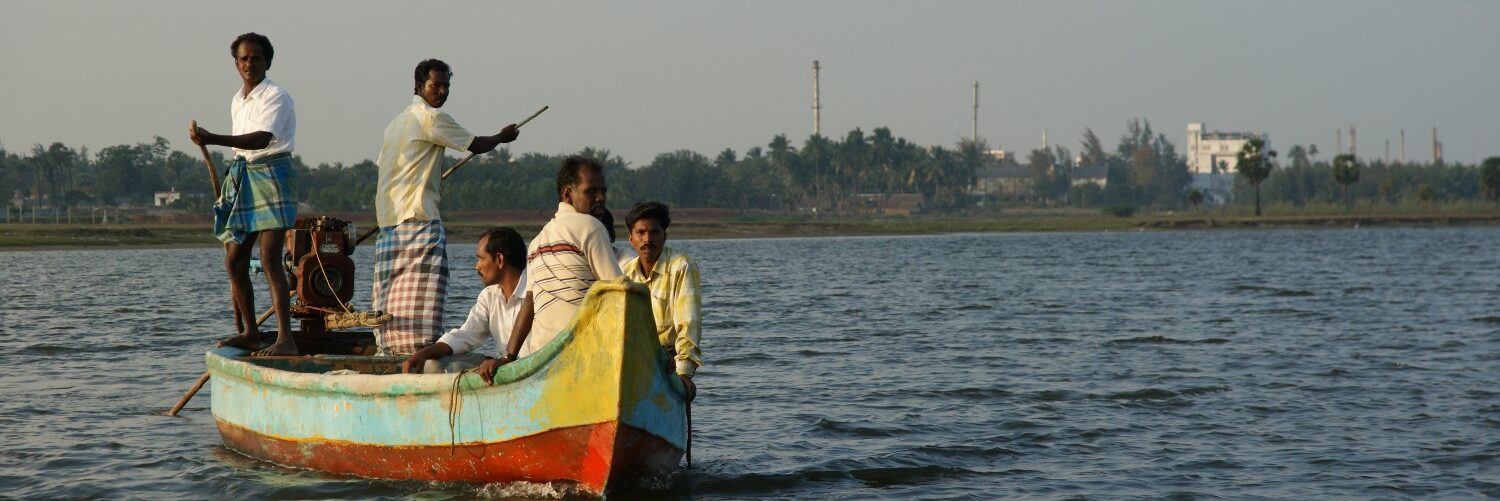A committee should also be formed to inspect the project site and conduct a comprehensive study to assess the cumulative, social and environmental impacts
Environmentalists and Citizen’s collective have urged the Union Ministry of Environment and Forests (MoEF) not to grant approval to the Poly Vinyl Chloride (PVC) Paste Resin Plant of 70,000 TPA by Chemplast Sanmar Limited at SIPCOT-Phase II in Cuddalore.
Members of the environment watchdog SIPCOT Area Community Environmental Monitors (SACEM) and Citizens’ collective comprising members from Semmankuppam, Echangadu and Sangolikuppam have sent a memorandum to the MoEF EIA committee chairman J.P. Gupta to not grant permission until environment carrying capacity and comprehensive cumulative impact of the SIPCOT area is accessed.
A committee should also be formed to inspect the project site and conduct a comprehensive study to assess the cumulative, social and environmental impacts of every single industry in Cuddalore SIPCOT. The proposed project is in close proximity to many large chemical industries in the ‘Red’ category and needs a comprehensive cumulative impact assessment, they pointed out.
“The project site is located in Cuddalore SIPCOT, a critically polluted industrial cluster, which has high levels of pollution with a Comprehensive Environmental Pollution Index (CEPI) score of 62.56,” members of SACEM stated in the memorandum.
According to S. Pugazhenthi, resident of Sangolikuppam and former member of Local Area Environment Committee (LAEC), “the locals have already faced the wrath of industrialisation after seeing its effects on water, air, agriculture and health in and around SIPCOT. Any new burden to the community and the environment without assessing the environmental carrying capacity is not justified. The status quo should be maintained without any further deterioration.”
In 2010, the Union Ministry for Environment and Forests had imposed a moratorium on new projects on 43 industrial clusters across India, including Cuddalore. In 2011 the moratorium was lifted on the condition that a time-bound action plan for improvement of air and water quality and bringing down the pollution level to 53.6 % would be executed by the Tamil Nadu Pollution Control Board (TNPCB). However, no such action plan had been prepared or enforced till date and the air and water quality continue to remain severely polluted, SACEM alleged.
According to Shweta Narayan, an environmentalist, “the fact is this place is critically polluted and the air, water and land quality has been severely compromised. The government’s focus should be on restoration of this place first and investment of environment and health here.”
“This is not a new issue and the government knows about it. There have been complaints that have been made over the years. Ignoring these complaints and public health concerns and just going ahead with expansion of polluting industries only sends a wrong signal that the government does not care about the people and environment,” Ms. Narayan said.
“A scientific report on volatile organic compounds in the SIPCOT area in 2007 prepared by the Nagpur-based National Environmental Engineering Research Institute (NEERI) had estimated that residents of Cuddalore SIPCOT are more likely to be affected by cancer in their lifetime due to their exposure to high levels of toxic gases from chemical industries in the region,” the SACEM said.
The latest report of the Comprehensive Pollution Control Index (CEPI) submitted by the Central Pollution Control Board to the National Green Tribunal (NGT) shows that no tangible measures have been taken to bring down pollution levels so far. In the report, Cuddalore had scored 62.56 out of 100.
According to S. Ramanathan, a resident of Semmankuppam village, “The site is located 55 metres from the Uppanar River and requires Coastal Regulatory Zone (CRZ) clearance. The site is already surrounded by several polluting industries and setting up of PVC paste resin plant rather than addressing the existing pollution would pose a serious threat to the life of fisherfolk and the locals.”
By S. Prasad
The Hindu
